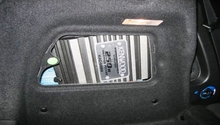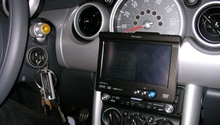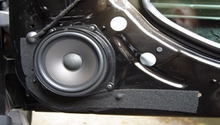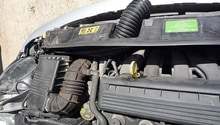Mini Cooper: Aftermarket Sound System Modifications
Upgrading your Mini Cooper's sound system can dramatically improve your driving experience and give new life to your favorite music.
This article applies to the Mini Cooper (2001-present).
With the exception of some very high-end cars, most factory installed sound systems leave a lot to be desired. This is an area where automotive manufacturers tend to cut costs by cutting corners, installing paper cone speakers and a basic stereo with few features. On the flip side, the aftermarket for sound systems is booming, and you don't have to spend a fortune to really upgrade your car's audio capabilities. It's well worth exploring for anyone, whether you want to simply improve your sound or you want to build a competition rig.
Aftermarket Sound System Modifications
When deciding on which components to upgrade in your Mini's stereo system, there are a few basic options: replacement aftermarket speakers, subwoofers, amplifiers, and stereos/head units. These parts can be installed independent of each other, for the most part, so you don't have to upgrade everything at once. Simply add components as your budget allows, or until you've reached your desired improvement point.
Stereo Head Unit

Figure 1. A flip out screen adds video capability to your car.
DIY Cost – $100-$1,000+
Professional Cost – $150-$1,000+
Skill Level – Moderate; Pretty easy to install if you have removal keys and a wiring harness.
Head units come in many different configurations, but nearly all of them will provide an upgrade in sound over your factory radio. Available in DIN (normal stereo height) and double DIN (twice as high as a factory unit), many head units offer video capability and touch screens in addition to improved sound. Adapters are available to retain your factory steering wheel controls as well.
Installing an aftermarket head unit is pretty simple if you purchase a set of stereo removal keys and a wiring harness specific to your vehicle. However, if you don't have the confidence to do it, professional installation is pretty cheap as well. The trade off is a big upgrade in sound and the ability to install an aftermarket amplifier, courtesy of RCA hookups and a remote power wire on the back of the stereo.
Speakers

Figure 2. Aftermarket door speakers.
DIY Cost – $50-$500
Professional Cost – $100-$700
Skill Level – Easy; Requires few tools and a little time to install.
Upgrading your door speakers can make a huge difference in sound quality, even if you don't install a new head unit. While the factory Mini speakers are pretty efficient, they don't produce a lot of bass, and more efficient options are available in the aftermarket. Some good options for the Mini are available from Focal, a company that makes a kit specifically for the Mini Cooper, so you don't have to cut the door trim or change out the grills to make them fit. Before you choose some speakers, be aware of any potential modifications that might be necessary when installing them.
Amplifiers

Figure 3. An aftermarket Rockford Fosgate amp.
DIY Cost – $100-$1,000+
Professional Cost – $200-$1,000+
Skill Level – Moderate; Running wires from the front of the car to the back takes effort to do correctly.
Amplifiers can add some serious power to your car's stereo system, vastly improving the weak wattage put out by your factory head unit. Amps are virtually a must when installing a subwoofer if you want to extract its full performance potential, and they are a great addition to your regular speakers as well.
When installing an amplifier, make sure not to exceed the wattage capacity of your speakers or subwoofer. With a subwoofer, you'll want to wire it up so that the impedance of the speaker matches up. This will ensure that you extract maximum performance from your system without risking blowing things up. Here's a great overview of amplifier installation.
Subwoofers
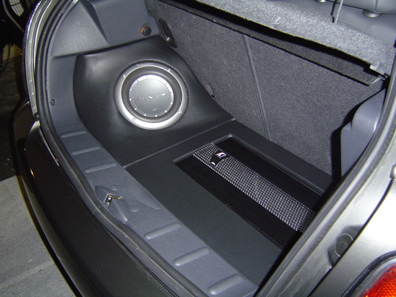
Figure 4. A clean, single sub installation.
DIY Cost – $100-$1,000+
Professional Cost – $200-$1,000+
Skill Level – Moderate; Easy to install the subwoofer, but an amplifier is a must.
Subwoofers provide the bass that your little factory speakers just can't produce, no matter what size sub you install or how big of an amp you power it with. They are designed to add that low-end sound and nothing else, leaving the higher frequencies to your other speakers.
From mild to wild, there are endless options available when it comes to subwoofers. You can install one or twenty, put them in a small, hidden box or a huge one, and power them with a small amp or a rack of amps. And you don't have to be a bass head to want a subwoofer, as a single sub and moderate amp will vastly improve your sound quality without giving up cargo space and big bucks.
Related Discussions
- What aftermarket speakers are most efficient? - NorthAmericanMotoring.com
- Aftermarket speakers, subs, and amp installations - NorthAmericanMotoring.com
- Best aftermarket speakers for factory head unit - NorthAmericanMotoring.com


